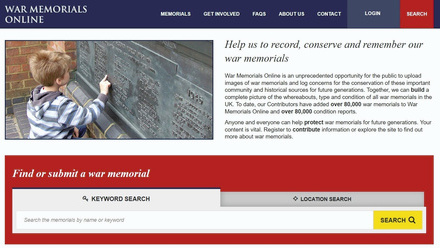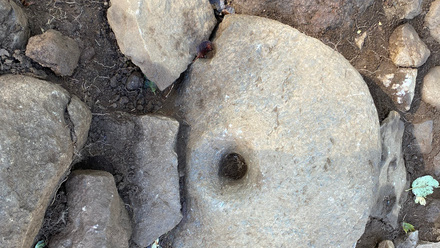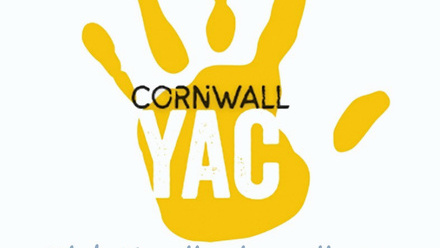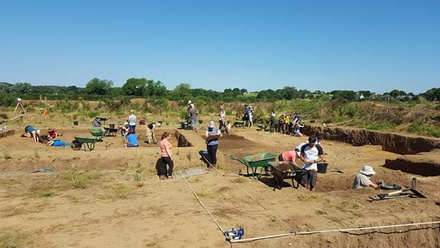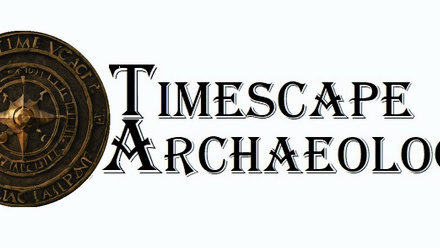I have just completed the third year of a BA Archaeology degree at the University of Reading. I really enjoyed studying periods of history such as Mesopotamia, Ancient Rome, and Medieval Europe with an emphasis on what archaeology has revealed about them. We also looked at issues in modern archaeology and how, for example, researchers need to work with and learn from local communities. There was also room to look at closely related disciplines including Anthropology and Museum Studies. What I found especially engaging were the sessions where we had to handle and evaluate finds like coins, flint, brooches and even human bones.
However, what made the degree special was the field school at the ancient Roman town at Silchester, where we could put into practice the excavation techniques covered in the classroom. The degree has changed me from being someone who had a healthy amateur interest in the discipline to someone who is ready to contribute to the field in a more professional capacity. Thanks to the course, I developed an interest in Roman pottery and wrote about it for my dissertation.
I mentioned this interest and desire to make a career in archaeology to Professor Hella Eckardt who put me in touch with her contacts at the post-excavation team of MOLA (Museum of London Archaeology). I contacted them and they kindly arranged a placement for me. The unit receives various types of excavated material which need to be processed and sorted, so they can be directed to the appropriate specialists if needed. These are made up of sample buckets which contain soil and fragments; small finds which are of interest; and bulk finds including pottery, bones, and flint, etc. I was given a detailed schedule where I was allocated to help in activities and to talk to specialists about their work. The bulk finds need be cleaned using tools such as toothbrushes, nail brushes and wooden picks. Once cleaned, the samples are arranged on trays to be dried. The contents of the sample buckets are analysed through wet sieving, which is immersion in water where organic material floats and can be collected. Another method called dry sieving enables coarser particles to be separated. Samples are then bagged with more fragile pieces being protected by plastic or glass tubes. Once the processed samples and finds are examined by specialists, and are moved into boxes in a storage space where an archivist keeps an inventory. Different storage conditions need to be used depending on the material of the small finds; for example, storage spaces of metal objects require careful control of temperature and humidity.
The osteologist gave me an overview of the identification of human bones and explained how they were useful in working out the age, sex, health, diet and movement of individuals and communities. The flint specialist went through the different types of worked flint and how they may have been used, as well as giving me an idea of how to tell if a piece of flint had been knapped.
The animal bone specialist explained how animal remains are a useful indicator of the presence or lack of human activity, as well as how animals were used by humans.
The reporting team demonstrated to me how they compile the specialist reports and information recorded during archaeological excavations into a document that can be published for the benefit of the developers and the public.
I was also able to increase my knowledge of Iron Age and Roman pottery and their classification. I was given a detailed explanation of what to look for in relation to the fabric, form and design of the sherds to date them. What was rewarding for me was finding out that a lot of what I had learned on the degree course could be applied directly to what is practised in the industry. My time with the unit was a great introduction to how a commercial company follows up on their projects to classify and report on excavated materials. The placement gave me a valuable insight into the activities of a post-excavation team in a commercial environment, which I know will be of great help in the future.
Contact details
Leo Griffiths
University of Reading

